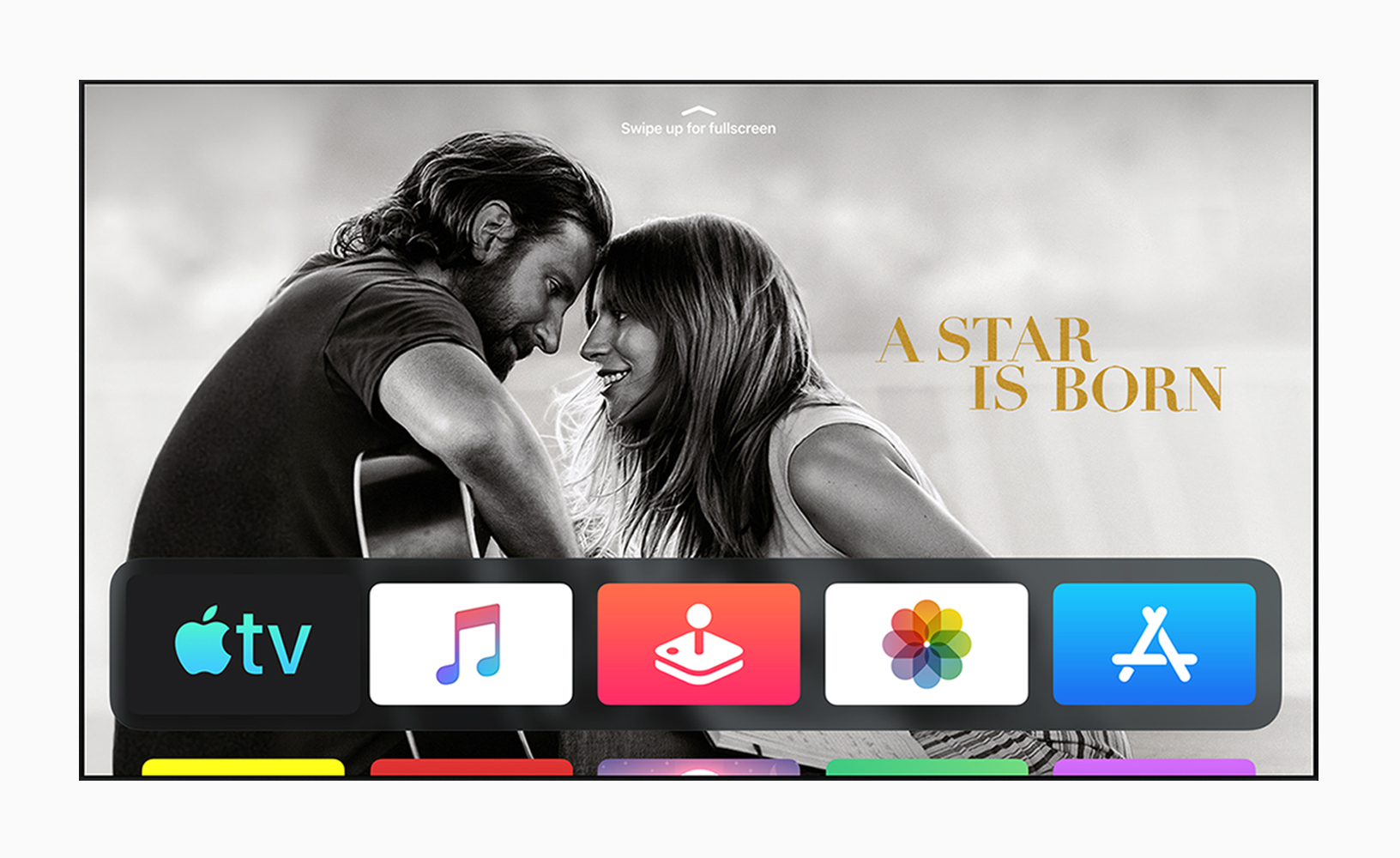Home Entertainment

Apple Breaks Up iTunes, Touts HDR, ML, VR Enhancements
Story Highlights
Apple touted multiple enhancements to its hardware and software that included augmented reality (AR), High Dynamic Range (HDR), machine learning (ML), Ultra High-Def (UHD) and virtual reality (VR), June 3, at its annual Worldwide Developers Conference (WWDC) in San Jose.
As expected, the company also disclosed that it’s killing off its iTunes music platform by breaking it up into three separate macOS apps: one each for music, podcasts and TV. Those new apps will be made available on Apple’s desktop products this fall, when it launches the latest version of its desktop computing operating system, called Catalina, Craig Federighi, Apple SVP of software engineering, said.
Underscoring the view among at least some people that iTunes was a dated platform, he joked that the company thought about adding even more services to iTunes now, including calendar, email and Safari web browsing. That drew laughs from the audience. “Truth be told, our team had a better idea” for the future, which was the creation of separate Apple Music, Apple Podcasts and Apple TV apps, Federighi said.
The new Music app for Mac is fast and will give users access to their entire music library, whether they downloaded the songs, bought them or ripped them from a CD, Apple said, noting in a news release the iTunes Music Store will be “just a click away.”
The new Apple TV app, meanwhile, features Apple TV channels, personalized recommendations and over 100,000 iTunes movies and TV shows to browse, buy or rent, enabling users to watch 4K HDR and Dolby Atmos-supported movies. This fall, Apple TV Plus, Apple’s original video subscription service, will be available in the Apple TV app.
Also new on Catalina is a Sidecar feature that enables users to extend their Mac desktop by using their iPad as a second display or as a high-precision input device across creative Mac apps, as well as security features that keep users better protected and Voice Control that enables users to control their Macs entirely with their voices.
Enhancements to the latest version of Apple’s iOS mobile OS — iOS 13 — include improved photo management via ML, the company said. Updates to Apple’s Core ML and Create ML, meanwhile, “allow for more powerful and streamlined on-device” ML apps, the company said. Core ML 3 “supports the acceleration of more types of advanced, real-time” ML models, Apple said, adding in a separate news release: “With over 100 model layers now supported with Core ML, apps can use state-of-the-art models to deliver experiences that deeply understand vision, natural language and speech like never before. And for the first time, developers can update machine learning models on-device using model personalization. This cutting-edge technique gives developers the opportunity to provide personalized features without compromising user privacy. With Create ML, a dedicated app for machine learning development, developers can build machine learning models without writing code. Multiple-model training with different datasets can be used with new types of models like object detection, activity and sound classification.”
On the AR front, the latest version of Apple’s ARKit AR platform – ARKit 3 – “puts people at the center of AR,” it said. Using Motion Capture, developers can now “integrate people’s movement into their app, and with People Occlusion, AR content will show up naturally in front of or behind people to enable more immersive AR experiences and fun green screen-like applications,” it said. ARKit 3’s RealityKit was “built from the ground up for AR,” Apple also said, noting that it features “photorealistic rendering” and “environment mapping and support for camera effects like noise and motion blur, making virtual content nearly indistinguishable from reality.” RealityKit also features Reality Composer, a new app for iOS, iPadOS and Mac, letting developers “easily prototype and produce AR experiences with no prior 3D experience,” Apple said.
Apple also introduced the new Mac Pro, a “completely redesigned, breakthrough workstation for pros,” and Apple Pro Display XDR, which it touted as “the world’s best pro display.” The new Mac Pro, starting at $5,999, features workstation-class Xeon processors up to 28 cores and the new Apple Afterburner, an accelerator card that enables playback of three streams of 8K ProRes RAW video simultaneously, the company said. Pro Display XDR features a 32-inch Retina 6K LCD display with more than 20 million pixels. It will start at $4,999. Both will ship this fall.









